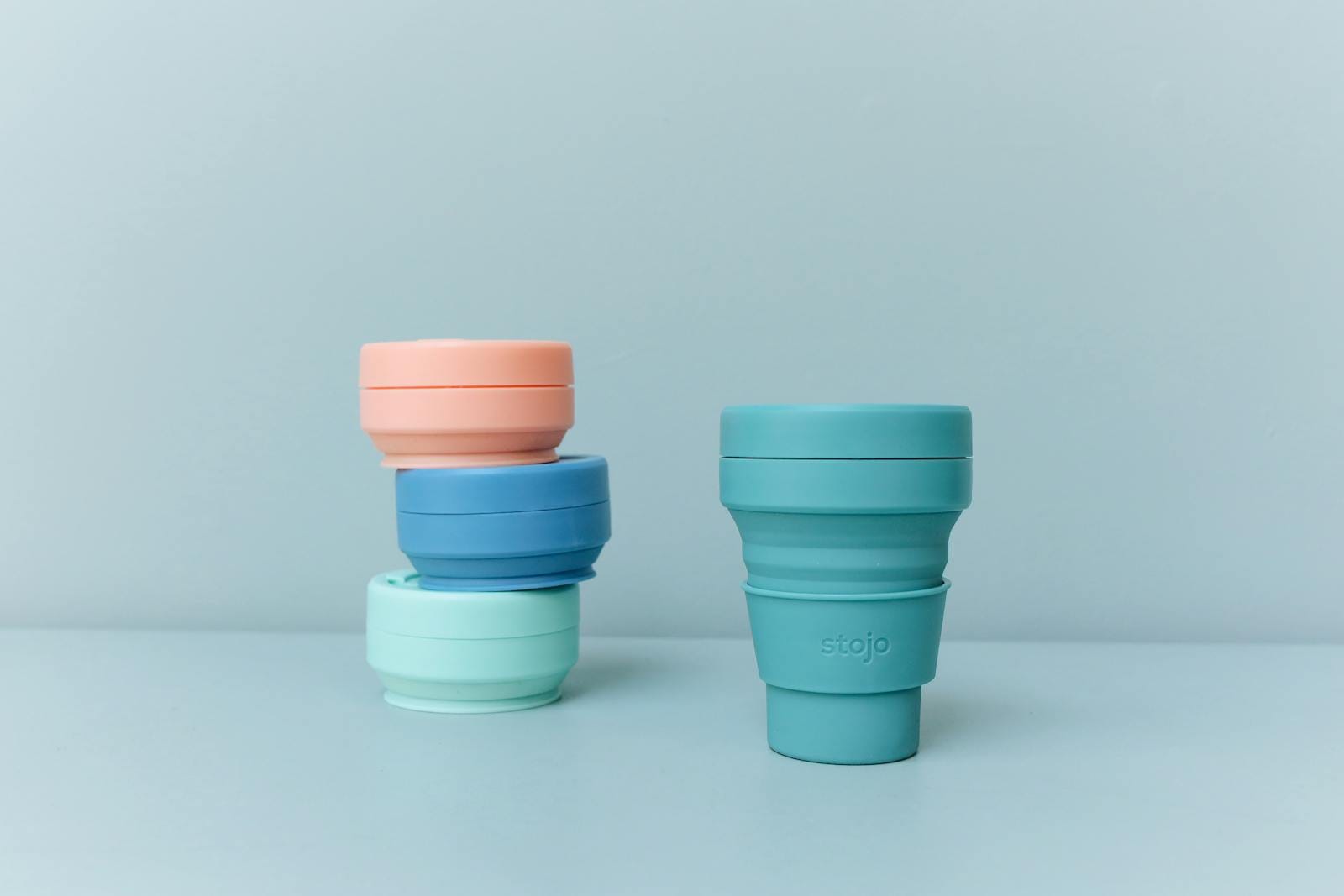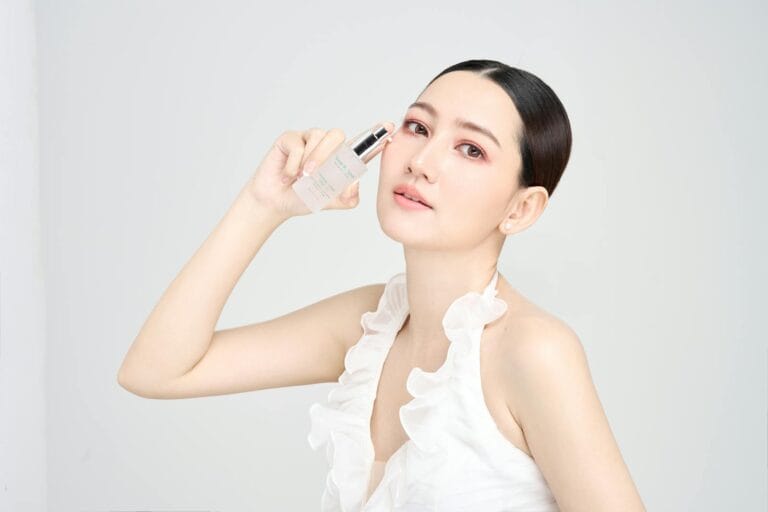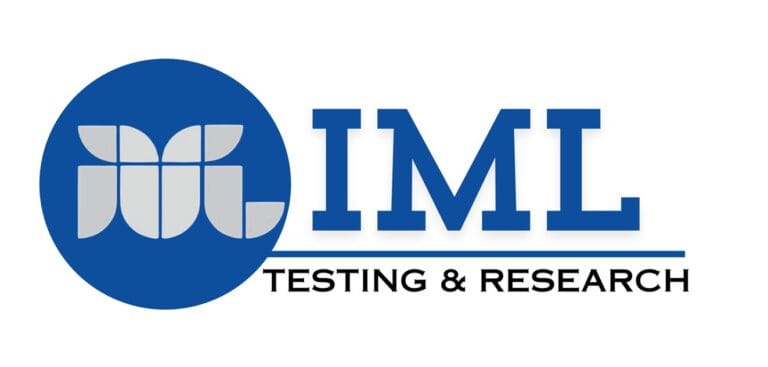
Understanding the Dangers of Bisphenol and the Benefits of Using BPA Free Products

- BPA Use in Everyday Products
- Vulnerable Groups and the Impact of BPA Exposure
- Factors Affecting BPA Release
- BPA Safety Regulations in Indonesia
BPA, or Bisphenol A, is a synthetic chemical that has long been used in various plastic and resin-based products. While it serves an important industrial function, its presence raises concerns due to its potential impacts on human health, especially in vulnerable groups such as infants and children.
BPA Use in Everyday Products
Bisphenol A (BPA) is used as a monomer for polycarbonate production and as a precursor for epoxy resins. Polycarbonate is widely used as a food packaging material, including baby bottles, drinking water bottles (gallons), and household utensils. Epoxy resin is used as a protective coating inside food and beverage cans, including canned baby food and liquid baby formula. Polycarbonate and epoxy resins are also used in everyday consumer products such as electronic devices, medical equipment, helmets, and more.
Consumers can be exposed to BPA through polycarbonate bottles and eating utensils. More specifically, BPA exposure can occur when residual monomers in polymers migrate into food and beverages or when polymers undergo hydrolysis, releasing BPA. Other relatively minor sources of BPA exposure for consumers include dental sealants, epoxy-based surface coatings, adhesives, printing inks, and thermal paper.
Vulnerable Groups and the Impact of BPA Exposure

Source photo = CleanPNG
Infants and young children are the most vulnerable groups to BPA exposure. Exposure during developmental stages can affect the brain and nervous system, potentially leading to behavioral disorders, learning difficulties, and other developmental issues. The materials used in formula cans lined with epoxy resin can release BPA into the formula during heat sterilization.
Additionally, baby bottles made from polycarbonate can increase the likelihood of BPA exposure. To protect consumer health, some countries have started banning BPA-releasing products intended for infants and children under the age of three. Currently, discussions on BPA risk assessment focus on toxicology at doses below the tolerable daily intake level.
Factors Affecting BPA Release
The release of BPA from polycarbonate into liquids is caused by diffusion and polycarbonate hydrolysis, which is catalyzed by hydroxide. The main parameters influencing BPA release are contact time, temperature, and the pH of the food simulant, all of which have a positive correlation. However, repeated washing of containers is considered not to affect the BPA release factor.
BPA can be harmful to the body because it is a chemical that disrupts the endocrine system, known as an endocrine disruptor. BPA can mimic the hormone estrogen in the body, disrupting hormonal balance. This can affect organ development and function, increasing the risk of hormone-related health problems.
Some studies suggest that long-term exposure to BPA may increase the risk of cancer, particularly breast cancer and prostate cancer, due to its ability to influence estrogen hormones involved in cancer cell growth.
BPA Safety Regulations in Indonesia
In Indonesia, the National Agency of Drug and Food Control (BPOM) has established Regulation No. 20 of 2019 on Food Packaging. This regulation sets safety requirements for food packaging, including a maximum BPA migration limit of 0.6 bpj (600 micrograms/kg) from PC packaging to ensure BPA exposure remains at a safe level. Avoiding BPA-containing products, choosing BPA-free materials, and reducing exposure to plastic-based products can help mitigate these risks.
Several types of plastics are safe for food use, including polypropylene (PP) with recycling code 5, polyethylene with recycling code 1 for PET, 2 for HDPE, and 4 for LDPE. Biodegradable materials such as polylactic acid (PLA) made from cornstarch or sugarcane can also be used. The choice of plastic material should be adjusted to the needs of the packaged goods.
As consumers, it is essential to be knowledgeable about safe plastic materials for food and beverages and how to handle these containers, whether stored at room temperature, in the refrigerator, or kept away from heat exposure. Have your product packaging tested for BPA content and safety by a reputable laboratory. Ensure your product is safe, compliant with regulations, and suitable for distribution before marketing.
Author: Delfia
Editor: Sabilla Reza
References:
Badan POM. 2021. Penjelasan Badan POM RI Tentang Kandungan Bisfenol A (BPA) pada Kemasan Galon AMDK yang Digunakan Secara Berulang. Diakses pada 5 Februari 2025. Dapat diakses pada tautan : https://www.pom.go.id/penjelasan-publik/penjelasan-badan-pom-ri-tentang-kandungan-bisfenol-a-bpa-pada-kemasan-galon-amdk-yang-digunakan-secara-berulang.
Hoekstra, Eddo & Simoneau, Catherine. (2013). Release of Bisphenol A from Polycarbonate—A Review. Critical reviews in food science and nutrition. 53. 386-402. 10.1080/10408398.2010.536919.



